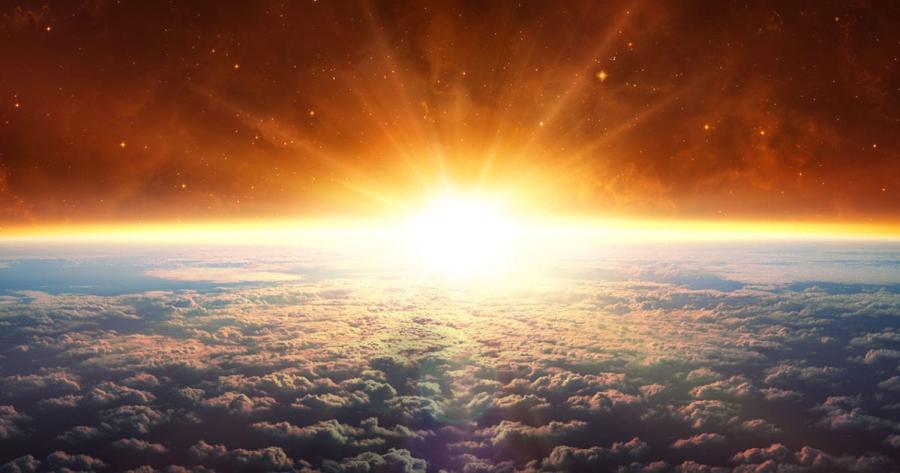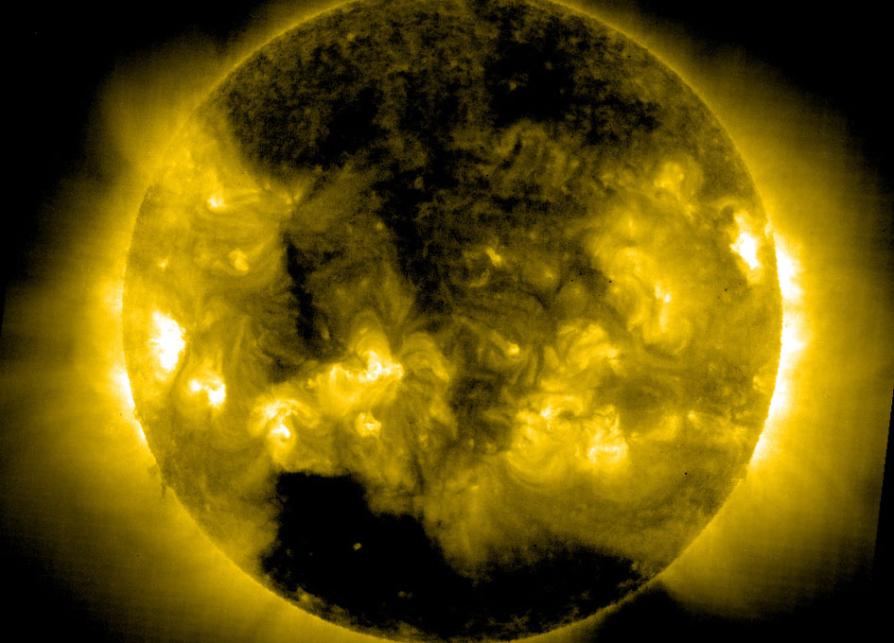What is the Northern Lights and How Does it Affect Space Weather?
The Northern Lights, also known as aurora borealis, are a mesmerizing natural phenomenon that has captivated humankind for centuries. These celestial displays of light, often seen in the skies of high-latitude regions, offer a glimpse into the dynamic interplay between Earth's magnetic field and the solar wind.

Scientific Explanation Of The Northern Lights
Solar Wind And Earth's Magnetic Field
The Northern Lights are a direct consequence of the interaction between the solar wind and Earth's magnetic field. The solar wind, a stream of charged particles emitted by the Sun, constantly bombards Earth's magnetic field. This interaction creates a dynamic region called the magnetosphere, which shields our planet from harmful solar radiation.
Formation Of The Auroral Oval
As the solar wind encounters Earth's magnetic field, it is channeled towards the magnetic poles. This creates a region known as the auroral oval, where the auroras are most frequently observed. Within the auroral oval, charged particles from the solar wind interact with atoms and molecules in Earth's atmosphere, causing them to emit light.
Role Of The Magnetosphere And Ionosphere
The magnetosphere and ionosphere play crucial roles in the formation of the Northern Lights. The magnetosphere acts as a filter, allowing only certain charged particles to penetrate and interact with the atmosphere. The ionosphere, a layer of Earth's atmosphere, contains ionized particles that collide with the charged particles from the solar wind, resulting in the emission of light.
Variations In Auroral Activity

Auroral activity is not constant but varies significantly over time. These variations are closely linked to solar storms, which are bursts of intense solar activity. During solar storms, the solar wind becomes more energetic and dense, leading to increased auroral activity and spectacular displays of the Northern Lights.
Impact Of The Northern Lights On Space Weather
Geomagnetic Storms And Auroral Displays
The Northern Lights are often associated with geomagnetic storms, which are disturbances in Earth's magnetic field. These storms can disrupt power grids, communication systems, and satellite operations. The intensity of geomagnetic storms is directly related to the strength of the auroral activity.
Disturbances In Earth's Magnetic Field
Auroral activity can cause significant disturbances in Earth's magnetic field. These disturbances can affect the accuracy of navigation systems, such as GPS, and can also interfere with radio communications.
Spacecraft Observations Of Auroral Phenomena
Spacecraft observations have provided invaluable insights into auroral phenomena. Satellites equipped with sophisticated instruments have allowed scientists to study the dynamics of charged particles, the structure of the auroral oval, and the processes responsible for the emission of light.
Prediction And Monitoring Of Auroral Activity
Accurate prediction and monitoring of auroral activity are crucial for mitigating potential disruptions caused by space weather events. Scientists use various techniques, including real-time observations of solar activity and modeling of the magnetosphere, to forecast auroral activity and geomagnetic storms.
Cultural And Aesthetic Significance Of The Northern Lights
Indigenous Beliefs And Folklore
The Northern Lights have long held cultural and spiritual significance for indigenous communities in the Arctic regions. Many cultures have woven intricate stories and legends around the aurora, attributing them to divine beings, spirits, or omens.
Artistic Representations
The Northern Lights have inspired countless works of art, from paintings and photographs to literature and music. Artists have captured the ethereal beauty and awe-inspiring nature of the aurora in their creations, sharing its splendor with audiences worldwide.
Tourism And Economic Impact
The Northern Lights have become a major tourist attraction, drawing visitors from around the globe to witness this natural spectacle. Aurora viewing tours and expeditions have contributed to the economic growth of regions where the lights are frequently visible.
Environmental And Conservation Concerns
While the Northern Lights are a natural wonder, concerns have arisen regarding the impact of light pollution on their visibility. Excessive artificial light can obscure the faint glow of the aurora, diminishing the experience for observers.
The Northern Lights are a captivating natural phenomenon that offers insights into the dynamic relationship between Earth and the Sun. Their impact on space weather highlights the importance of understanding and monitoring space weather events to mitigate potential disruptions. As research continues to unravel the mysteries of the aurora, we can appreciate its beauty and significance while working towards preserving the pristine skies that allow us to witness this celestial spectacle.
YesNo

Leave a Reply